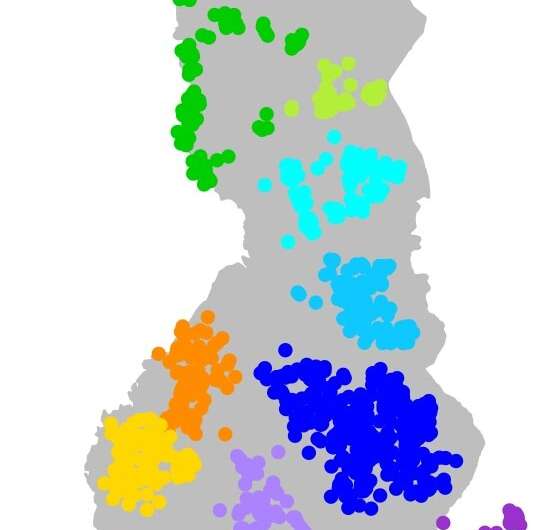
A team of researchers led by Matti Pirinen of the University of Finland used more than 18,000 Finnish samples to take an incredibly detailed look at how Finnish genetics have shifted, year by year, from the 1920s to the 1980s. They describe their results in a new paper published March 4th in PLOS Genetics.
Tens of millions of individuals have taken direct-to-consumer tests to find out their genetic ancestry profile. So far, these tests can only estimate ancestry on the scale of countries or continents, but Pirinen and colleagues wanted to take a more detailed look. They estimated the genetic ancestry of 18,463 Finnish individuals, tracking their genetics back to 10 distinct, original populations. Using this info, they looked at how the country’s genetics changed each year between 1923 and 1987 in 12 geographical regions.
The researchers observed major changes associated with World War II, when Finland lost parts of its eastern territories to the Soviet Union and 11% of the country’s population was forced to move. Additionally, urbanization, starting in the 1950s, left its mark, as people moved into cities in the southern and western parts of the country.
This is the first time that scientists have estimated annual changes in the fine-scale ancestry profiles of individuals from a relatively homogeneous European country, and their work demonstrates that this information can capture a detailed history of a population in space and time.
Source: Read Full Article